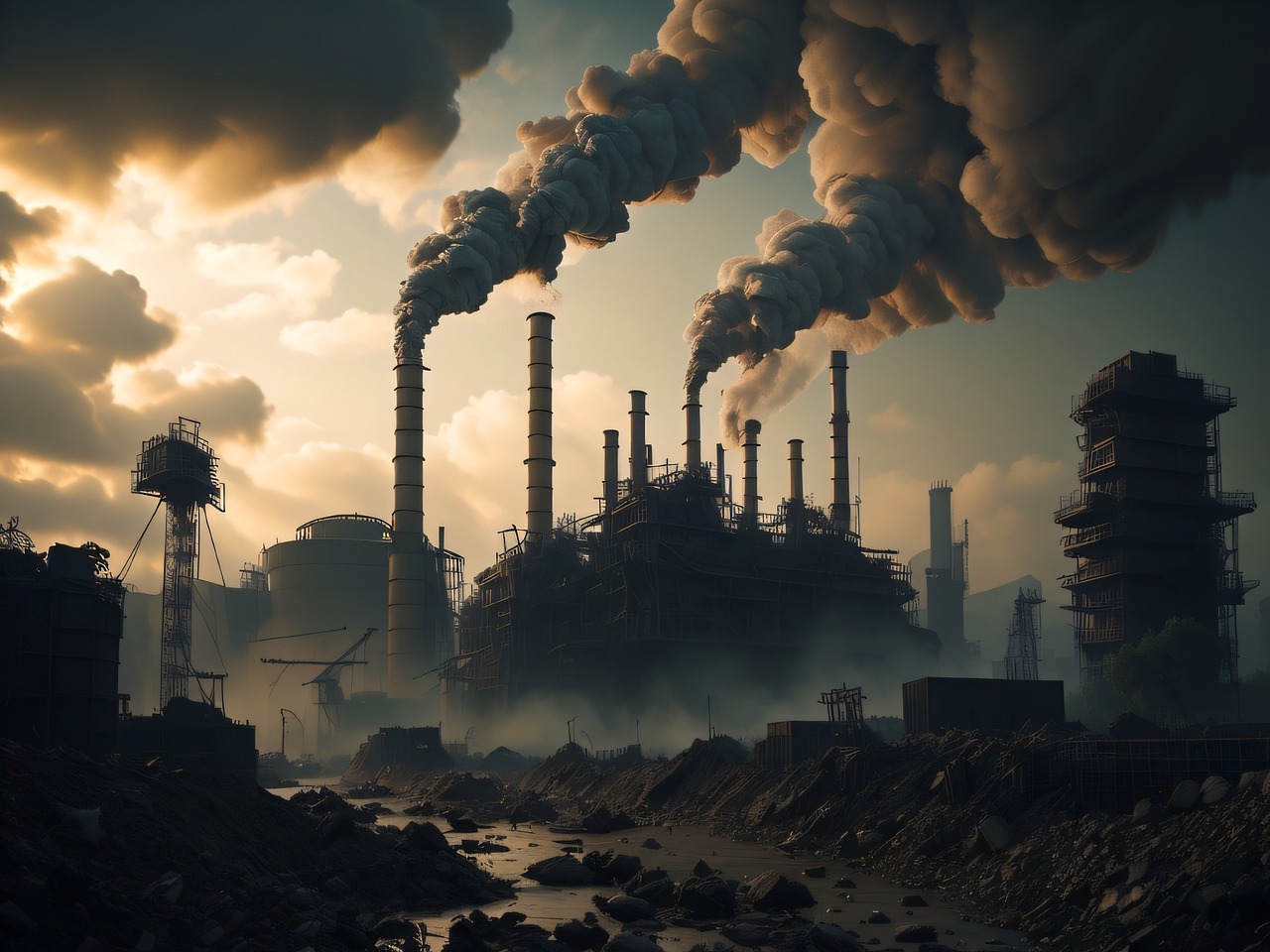Industrial pollution is a pressing issue that has far-reaching consequences on local communities around the world. As carbon dioxide emissions continue to contribute to climate change on a global scale, the impact of pollution from industrial activities hits closer to home for those living near manufacturing plants and factories. In this blog post, we will explore how industrial pollution affects local communities, highlighting the adverse effects it can have on public health, the environment, and the socioeconomic well-being of residents.
Public Health Concerns
Public health is a critical aspect of our well-being that focuses on safeguarding and improving the health of entire populations rather than just individuals. It encompasses various efforts and initiatives aimed at preventing diseases, promoting healthy lifestyles, and ensuring access to healthcare services for everyone. In the context of industrial pollution and its impact on local communities, public health becomes especially relevant as it addresses the health concerns of a group of people residing near factories and manufacturing plants.
Local communities living near industrial zones are at a higher risk of exposure to harmful pollutants such as particulate matter, volatile organic compounds (VOCs), and toxic heavy metals. These pollutants can lead to respiratory problems, cardiovascular diseases, and even cancer. Vulnerable groups, such as children, the elderly, and those with pre-existing health conditions, are particularly susceptible to the adverse effects of industrial pollution.
Environmental Damage
Industrial pollution takes a severe toll on the environment which inevitably impacts humans. Wastewater discharges, chemical spills, and airborne emissions from factories can contaminate nearby water bodies, soil, and vegetation. This contamination disrupts delicate ecosystems, leading to the loss of biodiversity and disrupting natural habitats for wildlife.
Air & Water Quality
One of the primary concerns of environmental damage to local communities is the deterioration of air and water quality. Pollution from industrial emissions and improper waste disposal contaminates the air residents breathe and the water they consume. Exposure to harmful pollutants can lead to an increase in respiratory problems, cardiovascular diseases, and other health issues. Children, the elderly, and people with pre-existing health conditions are particularly vulnerable, exacerbating public health challenges in these communities.
Biodiversity Loss
As natural habitats are destroyed or fragmented due to deforestation, land degradation, and urbanization, local flora and fauna face displacement and extinction. This not only disrupts the delicate balance of ecosystems, catalyzing environmental collapse, but also affects communities that rely on these resources for sustenance, income, and cultural practices. Indigenous and traditional communities, in particular, experience a profound loss of their way of life and connection to the land.
Agriculture & Food Security
Climate change, driven by human activities, leads to extreme weather events, such as droughts and floods, which disrupt farming practices and reduce crop yields. This affects the availability and affordability of food for local communities, potentially leading to malnutrition and hunger in vulnerable populations.
For example, fishing communities dependent on healthy marine ecosystems may experience declining fish stocks due to overfishing and pollution. Consequently, their livelihoods are threatened, perpetuating a cycle of poverty and reliance on aid.
Social & Cultural Change
In addition to the immediate health and economic impacts, environmental degradation also engenders social and cultural challenges. As people struggle to cope with the changing environment, conflicts over scarce resources can arise, leading to tensions and even violence among community members. Cultural heritage tied to the land and natural surroundings may also be lost, eroding the identities and traditions of local communities.
Socioeconomic Implications
Industrial pollution can have significant socioeconomic implications for local communities. For starters, declining property values in polluted areas can affect homeowners and lead to reduced tax revenues for local governments. As businesses and industries struggle to maintain a positive image amidst pollution concerns, they may face public backlash and decreased consumer trust, which can adversely impact their profitability.
Additionally, industrial pollution often leads to job loss and unemployment as communities may shy away from industries with a history of environmental violations. This can cause economic distress for workers and their families, further exacerbating existing social inequalities.
Environmental Justice Issues
The burden of industrial pollution often falls disproportionately on marginalized communities, highlighting environmental justice issues. Low-income neighborhoods and communities of color are more likely to be located near industrial facilities, bearing the brunt of pollution’s adverse effects. This pattern of environmental injustice perpetuates existing disparities in health, wealth, and access to resources, deepening social inequalities within local communities.
What To Do? Community Engagement and Activism
Despite the challenges posed by industrial pollution, many local communities are now taking a stand to protect their well-being and demand environmental justice. Community engagement and activism play a crucial role in raising awareness about the impacts of pollution and advocating for stricter regulations and better enforcement of existing environmental laws. By organizing protests, town hall meetings, and public campaigns, residents can foster a collective voice and encourage positive change.
